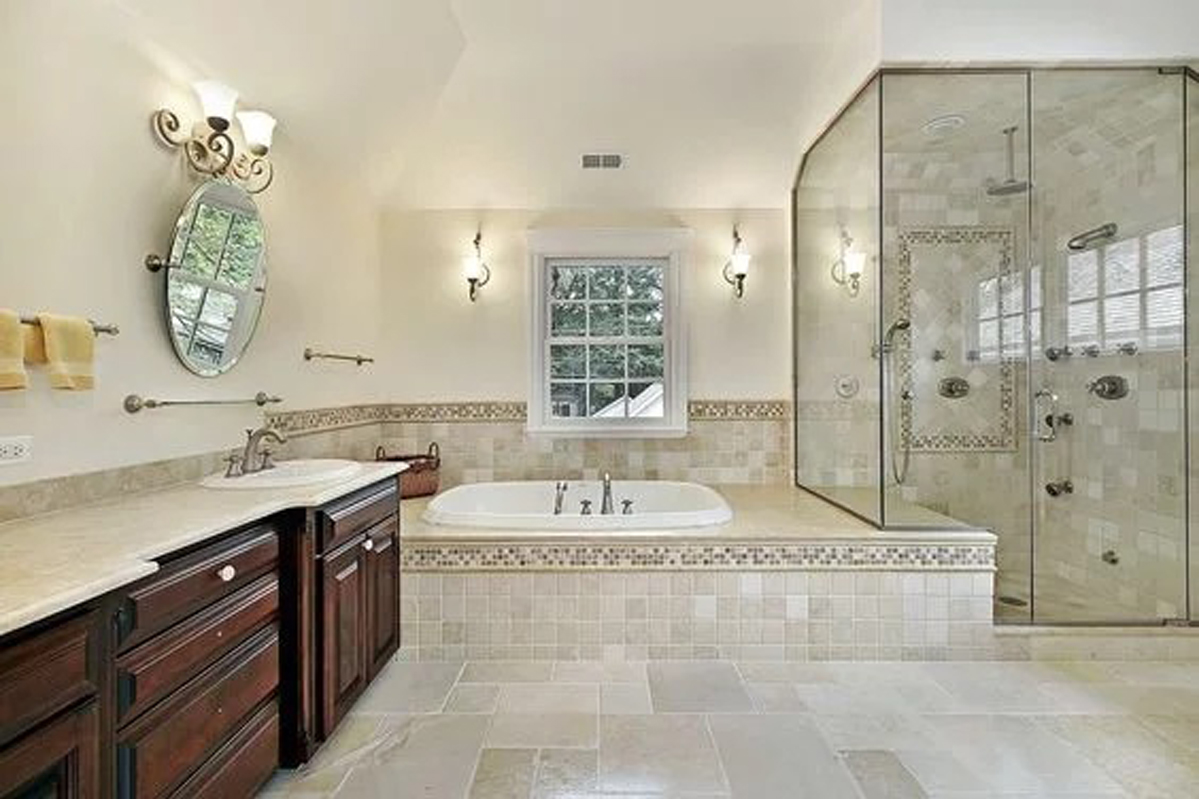As for home remodeling, the idea of transforming your living space can be both thrilling and daunting. Regardless of whether you want to update a single room or initiate a complete renovation, a solid plan is crucial to navigating the complexities of the process. From creating a budget to choosing the right materials and designs, understanding the different aspects of a remodel can make a significant difference in the outcome.

In this definitive guide, we will guide you through a step-by-step plan to ensure your home remodeling project is successful and worthwhile. You will learn tips on how to remodel your home on a budget while including the latest trends for 2024. We will also discuss the benefits of DIY versus hiring a contractor, typical pitfalls to avoid, and room-specific ideas that suit each space in your home. No matter your vision, getting informed about your options is the key to creating the home of your wishes.
Planning A Home Remodel
Before jumping into the the home remodeling project, it is crucial to create a clear plan. Start by setting the goals for the remodel—whether it's enhance usability, improving the look and feel, or increasing property value. Conduct extensive investigation on existing home remodeling trends and gather inspiration from various sources, such as design magazines or online platforms. This first phase will help you clarify your vision and set realistic expectations for the project.
Budgeting is a crucial aspect of organizing your remodel. Decide how much money you can spend to spend and allocate funds to different areas of the project. Consider costs related to materials, work, and unforeseen expenses that may arise during the remodeling process. To help you stay on track, create a comprehensive budget breakdown and prioritize elements that are essential versus those that can be changed or delayed. Implementing cost-saving tips, such as utilizing salvaged materials or looking for affordable upgrades, can help your project within financial limits.
Finally, choose if you will tackle the remodel as a do-it-yourself project or engage a contractor. Both approaches have their advantages, and your choice should be based on your skill level, the difficulty of the project, and your timeline. If you are considering hiring a contractor, research and interview potential candidates to identify a trustworthy professional who aligns with your vision and budget. Whichever path you choose, ensure that you have a well-structured plan in place to guide you through the entire process of the remodeling process.
Financial Planning and Expense Reduction Strategies
Creating a practical budget is crucial for a successful home remodel. Start by estimating the total costs of supplies, workforce, and any unexpected expenses. It's recommended to set aside an additional 10 to 20 percent of your budget for unexpected costs, ensuring that you can manage any emergencies that may occur during the project. https://anotepad.com/notes/6hb8k4ap for materials and workforce to create an informed budget that aligns with your monetary situation.
To keep your remodel cost-effective, prioritize projects that offer the best returns on expenditure. Concentrate on areas like cooking space and restroom renovations, where the potential for value enhancement is significant. Consider DIY alternatives for less complex projects, which can save substantial amounts. However, be honest about your capabilities and time commitment, as some tasks are best left to the experts to prevent costly mistakes.
Another effective strategy is to look for repurposed or excess supplies that can add character while lowering costs. By being resourceful and flexible with your choices, such as choosing different finishes or fixtures, you can attain the desired look without overspending. Remember to compare prices from various suppliers and think about timing your purchases during discount periods to maximize your savings.
Trends in Design and Custom Features
In this coming year, house renovations is heavily influenced by a blend of comfort and design, with an emphasis on creating comfortable areas that reflect personal tastes. Natural materials such as timber, rock, and green resources are in vogue, promoting a warm aesthetic that connects the inside with the outside. Additionally, striking shades have made a resurgence, allowing homeowners to express their uniqueness through accent walls, cabinetry, and decor. Adding details like dimensional wall treatments and unique lighting fixtures can also elevate the overall ambiance, making spaces feel more energetic and harmonious.
Customization is essential when it comes to making a home truly one-of-a-kind. Features such as integrated storage, nooks, and custom storage solutions not only maximize functionality but also introduce personality to any space. Walk-in closets and structured study areas continue to become more popular, reflecting the growing need for neatness and efficiency in daily life. Furthermore, incorporating home automation into remodels is becoming increasingly popular, offering convenience and enhancing safety while seamlessly blending into the home's aesthetic.
As you plan your remodel, consider luxury investments that elevate functionality without compromising on appearance. Features like retreat-like baths, complete with saunas or soaking tubs, can create luxurious retreats within the home. Open layouts are still favored, reinforcing social connections while accommodating contemporary living. By carefully selecting design trends and tailored details, you can create a home that is not only aesthetic but also tailored to your specific needs.
